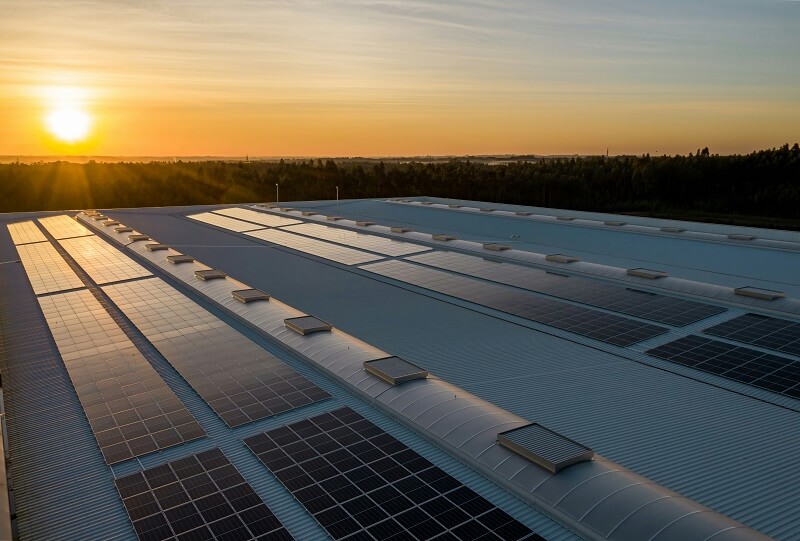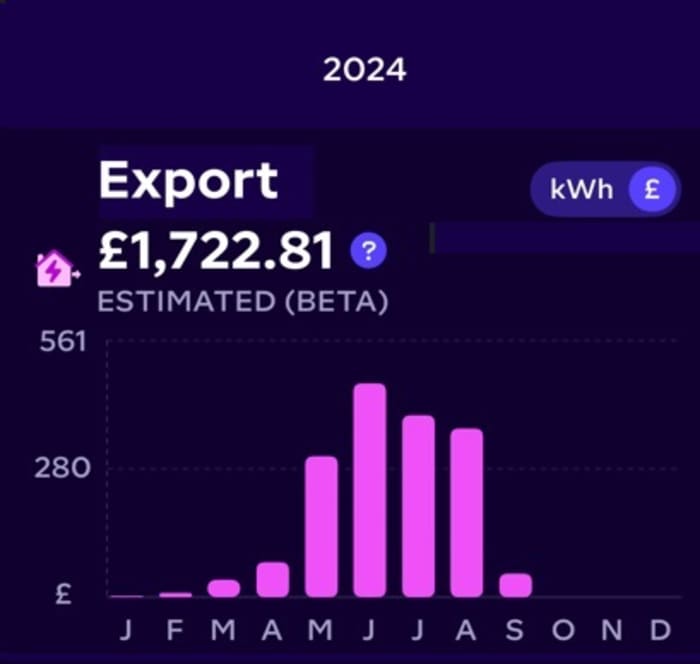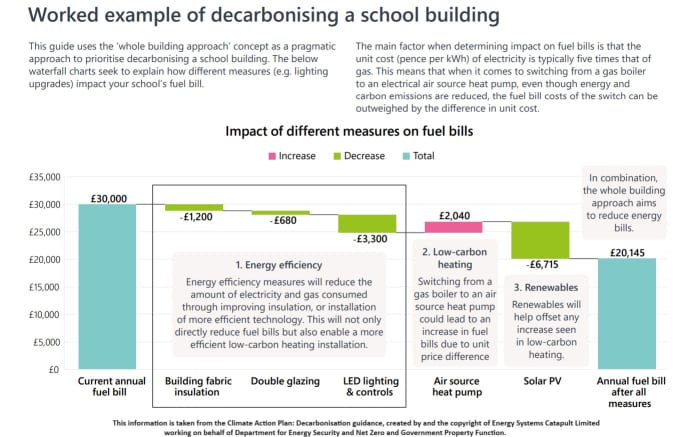What are the best ways to finance your solar PV installation?
1. Cash purchase
One of the simplest and most straightforward ways to finance your solar PV installation is to pay for it with cash. This option gives you the full ownership and control of your system, as well as the maximum savings and returns. You can benefit from the federal tax credit, state and local incentives, and net metering programs that pay you for the excess electricity you produce. However, paying for your solar PV installation with cash also means that you need to have enough savings or liquidity to cover the entire cost, which can range from $10,000 to $25,000 or more, depending on the size and location of your system. You also need to be prepared for the maintenance and repair costs that might arise over time.
Purchasing a solar system for cash will generally achieve the fastest paybacks and is also particularly advantageous for UK customers who are not able to recover VAT as solar is zero rated. However for business purchases investing a significant amount of cash may not be the best option when taking into account the bigger picture such as business liquidity, the tax benefits of finance as well as the other potential uses of cash.
2. Solar loan
Another common way to finance your solar PV installation is to take out a solar loan from a bank, credit union, or specialized lender. A solar loan is similar to a home improvement loan, but it is designed specifically for solar projects. A solar loan allows you to borrow the money you need to pay for your system and repay it over a fixed period of time, usually with interest. The advantage of a solar loan is that you can still own your system and claim the tax credit and other incentives, while spreading the cost over several years. The disadvantage is that you will have to pay interest and fees, which will reduce your net savings and returns. You will also need to have a good credit score and income to qualify for a solar loan.
Loans are a great option to consider for financing solar given as the overall savings will more than cover the cost of the loan given the long life of solar panels of 25 years or more. Also for business's in the UK there are some great tax incentives for solar further increasing the overall return on investment.
3. Solar lease
A third option to finance your solar PV installation is to sign a solar lease agreement with a solar company or a third-party financier. A solar lease is a contract that allows you to rent a solar PV system from the owner and pay a fixed monthly fee for using the electricity it generates. The owner is responsible for installing, maintaining, and repairing the system, as well as claiming the tax credit and other incentives. The benefit of a solar lease is that you can enjoy the clean and cheap electricity from your system without paying any upfront cost or worrying about the maintenance and repair issues. The drawback is that you will not own your system or benefit from the incentives, and you will have to abide by the terms and conditions of the lease, which can include annual escalations, long-term commitments, and early termination fees.
Long solar leases have the potential benefit of creating positive cashflow where the electricity savings cover the cost of the payments. However, as lease payments in the UK attract VAT at 20% leasing is only suitable for business customers who are able to reclaim the tax.
4. Solar power purchase agreement
A fourth option to finance your solar PV installation is to enter into a solar power purchase agreement (PPA) with a solar company or a third-party financier. A solar PPA is similar to a solar lease, but instead of paying a fixed monthly fee, you pay a per-kilowatt-hour rate for the electricity that your system produces. The owner is still responsible for installing, maintaining, and repairing the system, as well as claiming the tax credit and other incentives. The advantage of a solar PPA is that you can save money on your electricity bills by paying a lower rate than the utility, while avoiding any upfront cost or maintenance and repair issues. The disadvantage is that you will not own your system or benefit from the incentives, and you will have to abide by the terms and conditions of the PPA, which can include annual escalations, long-term commitments, and early termination fees.
Solar PPA is a convenient route to installing solar but the devil is in the detail and the terms and conditions that might be acceptable now could well be a noose around your neck in the future. Other financing schemes are generally less onerous and provide more flexibility over the longer term.
5. Solarize program
A fifth option to finance your solar PV installation is to participate in a solarize program in your community. A solarize program is a collective purchasing program that allows a group of homeowners or businesses to negotiate a discounted price and a streamlined process for installing solar PV systems from a selected contractor. The solarize program can help you save money and time by leveraging the economies of scale and the collective bargaining power of the group. The downside is that you will have to follow the schedule and the specifications of the program, which might not match your individual preferences or needs. You will also have to choose from the financing options offered by the contractor, which might not be the best for you.



